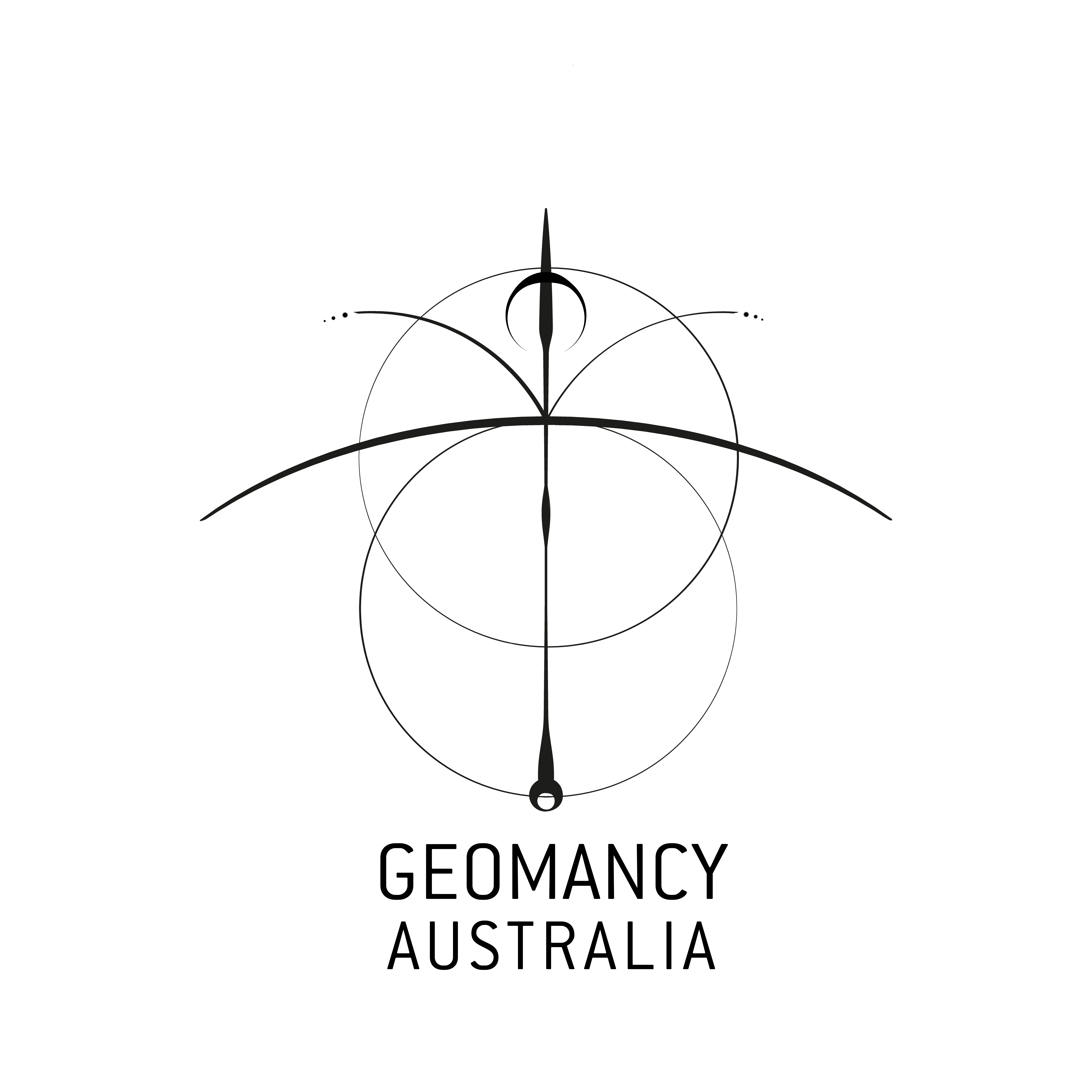What is dowsing?
Dowsing, or divining, is an ancient art that is known to have been used as far back as Ancient Egypt, and possibly further. Dowsing has a rich history in many cultures, and today it is commonly known through its agricultural uses, such as water divining, although it is also used in archaeology, by mining companies to detect oil and minerals, and by electricians to dowse for underground wires. Dowsers are employed by UNESCO, major water and pipeline companies, and the Canadian Ministry of Agriculture. The US marines and British army have used dowsing to detect landmines, ammunition dumps and tunnels in Vietnam, the Falklands and the Gulf. It is also used by many health practitioners and by geomancers, to detect geopathic stress.

While some dowsers use their body as a radiaesthetic tool, others use pendulums (a small weight on a string) or dowsing rods (often L-shaped, metal rods). These are held between the fingers and allowed to swing in response to a question asked. The rod or pendulum is thought to move because of a reflex twitch in the hand – something internal makes rod move and the item held amplifies this response so it is more easily detected. The human being is a very sensitive measuring instrument, and dowsing taps into and utilises this.
Whatever the tool used, dowsing takes what is unknown and brings it into perspective. Through dowsing it is possible to tap into individual unconscious and/or the collective unconscious, or to tap into intuition as a way of responding to that which we cannot see.

